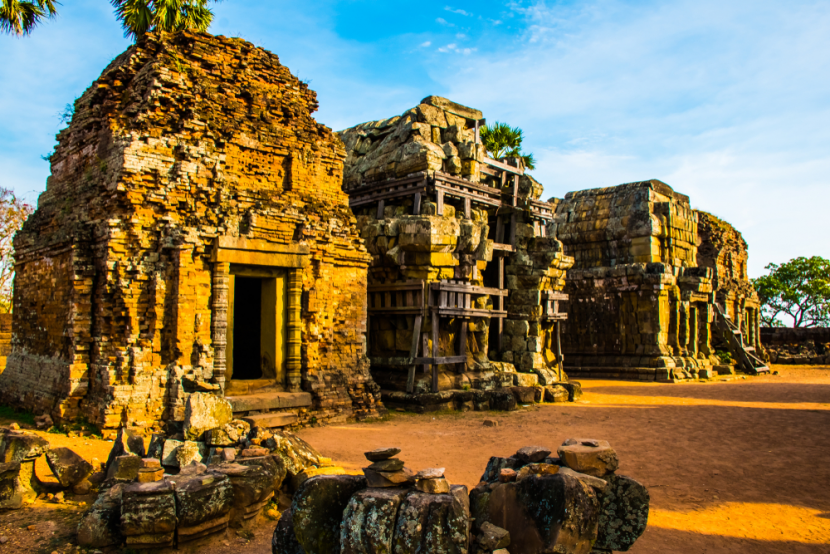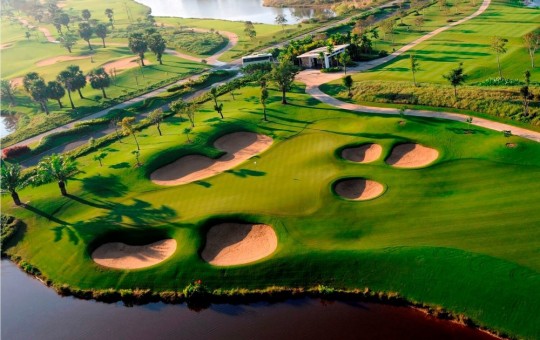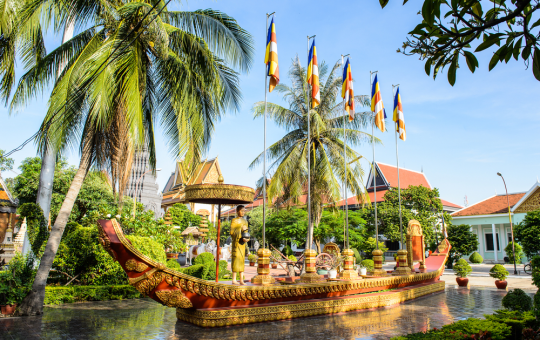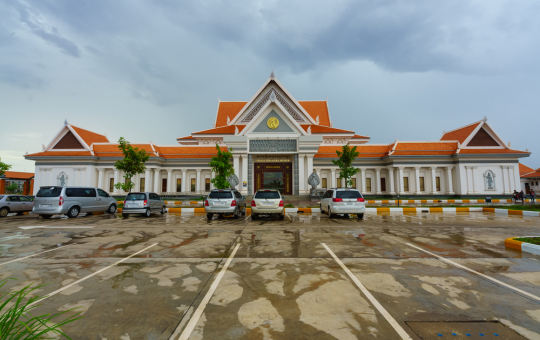
Tonle Sap
The Tonle Sap Lake, fed by the mighty Mekong and the Tonle Sap Rivers, is a vast expanse of water that forms the most significant topographical feature in Cambodia. This ‘Great Lake’ represents a people’s identity and way of life for the thousands of Cambodians who live on the lake and are dependent on the Tonle Sap and its ebbs and flows to maintain life.
There is a whole community here; besides homes, there are police posts, fire station, churches, Buddhist temple, schools, provision stores and a few restaurants as well. This self-sufficient community of the great lake, known commonly as the floating village of Cambodia, draws crowds daily to observe life and to share their time in this wonderful neighbourhood of the great Tonle Sap Lake.
Listed as a Biosphere Reserve with some Areas designated as Ramsar Sites, Tonle Sap has loads to offer the tourist fascinated by the world’s most vibrant ecosystems; the floating villages and the diversity of culture on the lake.
In early June, at the start of the rainy season, the water level of the Mekong River rises to divert part of its flow off its course to the South China Sea and redirect it into the Tonle Sap. This forces the current to reverse direction, beginning a process that by the end of October will see the great lake increasing its size almost tenfold, making it the largest freshwater body in Southeast Asia.




